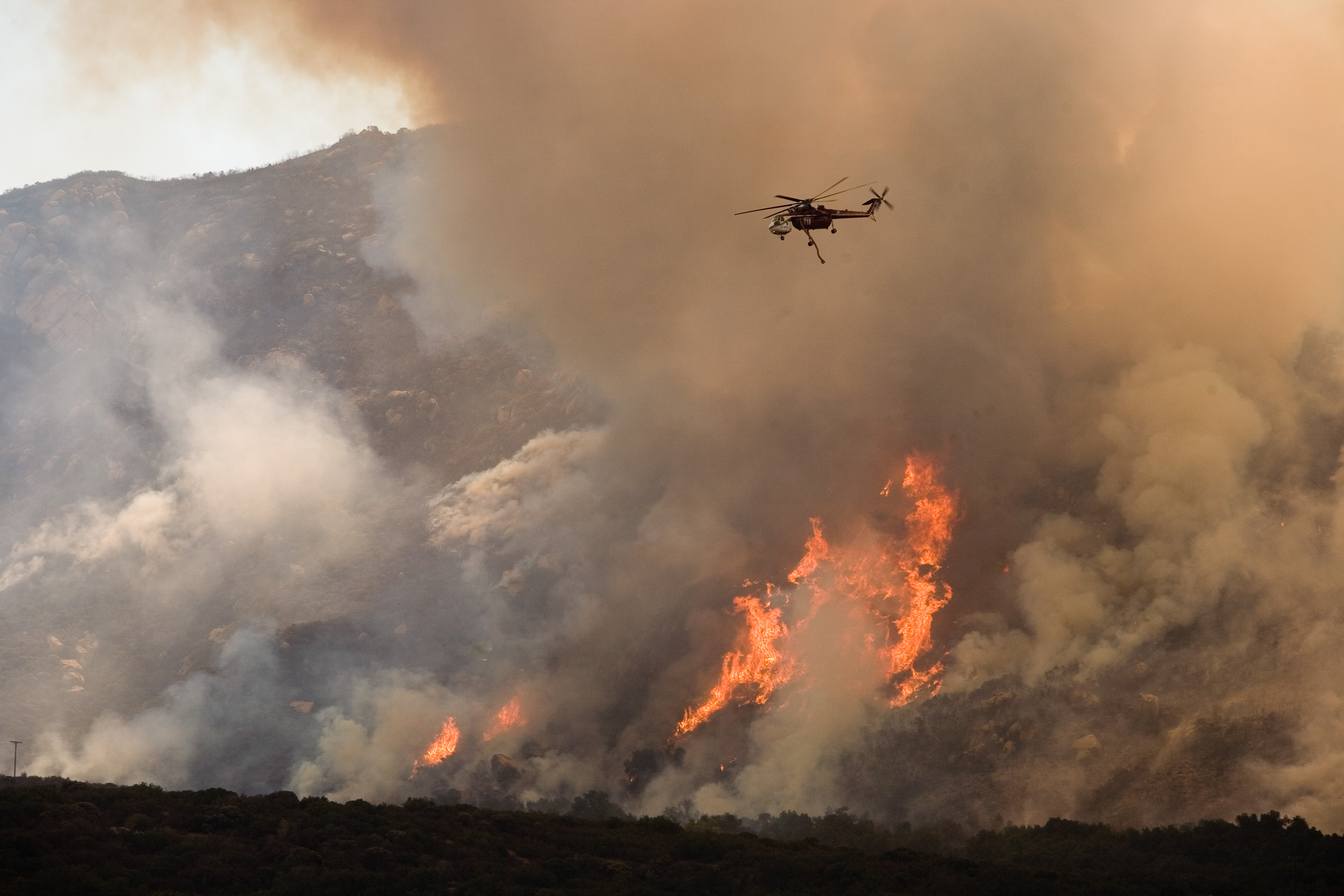Fires and other events cause the release of soot and other aerosols to be released which can cool the planet by reflecting sunlight back into space and increasing cloud brightness. A new study finda that such a cooling effect on the planet may have been significantly underestimated by previous researchers.
It is claimed that there were fewer wildfires before 1750, suggesting that the Industrial Revolution led to a rampant increase. But there is no way to know, and fires from agricultural burning practices in the pre-industrial era were certainly ignored or underestimated in datasets of fire emissions used in computer models. Because the models did not use accurate data, it was claimed fewer fires meant there were lower levels of aerosols in the atmosphere, reducing their effect on the climate.
The new research shows were likely as common before 1750 as in modern times and possibly even more so. This implies that the cooling effect of present-day man-made aerosol pollution, such as the tiny particles in car emissions and power plant stacks, may have been overestimated, and aerosols in the atmosphere have always had a significant impact on climate.
Fires peaked in the 1800s
Analyses of ice core records, charcoal measured in lake and marine sediments, and tree rings suggests that fire activity varied considerably over the last 500 years but that generally fires peaked around 1850 before declining to present day levels. Using fire models that incorporate a more accurate understanding of how humans influence global fire activity, the study re-assessed pre-industrial fire occurrence and estimate what the levels of subsequent aerosol emission were in 1750 and finds there has possibly been a reduction of fire emissions of up to 70 percent globally since the Industrial Revolution. That's a substantial difference in atmospheric composition that has not been accounted for in climate models.
Study co-author Ken Carslaw, Professor of Atmospheric Science at Leeds, said, “Satellite measurements give us a much clearer understanding of present-day wildfire patterns and the amount of aerosols they release into the atmosphere. It has been widely assumed in global climate models that aerosol emissions from fires in the pre-industrial era were lower than today, but this is based on a misconception that wildfires have increased with human population density. However, the recent analysis of wildfire occurrence shows that at a global scale burned area actually declines as population density increases. This is due in large part to advances in firefighting and fire suppression as well as changes in land use – burnable material, such as forests and grasslands, has been cleared away for houses and roads.
“While climate change and rising global temperatures could lead to an increase in wildfires in the future, it becomes harder to predict the impact on atmospheric conditions without an accurate understanding the role fire emissions played in the past.”
Study co-author Dr Catherine Scott from the Institute for Climate and Atmospheric Science at Leeds said, “It’s impossible to evaluate how present-day society’s impact on climate has changed over the years without a firm understanding of what the atmosphere was like historically and how it has evolved. Our study suggests that the level of particles in the pre-industrial atmosphere might have been more similar to the level we have today than we thought. Additionally, whilst this study focused on improving understanding of aerosol emissions from pre-industrial fires we also have to remember that historic and present-day fires have many other effects on the atmosphere, such as the carbon dioxide emitted during burning, and the impact of the fire on the capacity of the remaining forests to take up and store carbon.

Image from The History Of California Is A History Of Fire And Drought
“These factors play an important role in the overall impact of fires on the climate and we need to develop a much deeper understanding of how fires evolved over the pre-industrial era and into present day to appreciate how these impacts fit together.”
Citation: Dr Douglas Hamilton et al., Reassessment of pre-industrial fire emissions strongly affects anthropogenic aerosol forcing, Nature Communications 09 August 2018 DOI: 10.1038/s41467-018-05592-9





Comments